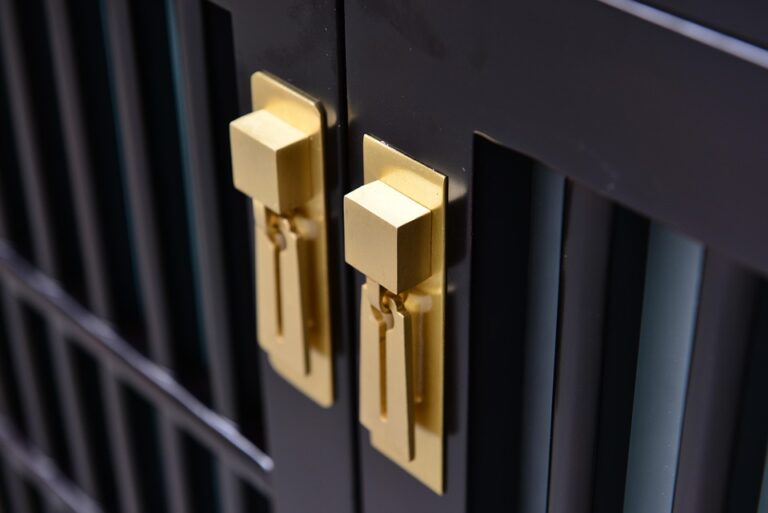Elevating Luxury: Exploring the Allure of High-End Products in Today’s Market
In an era where consumer choices are abundant and lifestyles ever-evolving, high-end products have carved out a niche that resonates with aspirational buyers. From opulent fashion items to exquisite home decor, the allure of high-end products captivates those seeking not just utility but a unique experience. Understanding the dynamics behind this luxury market can illuminate the broader trend of consumer behavior and lifestyle aspirations.
The Rise of High-End Consumption
Over the last decade, the luxury market has demonstrated robust growth, boasting impressive trends that have astounded industry experts. According to a report by Bain & Company, the global luxury goods market is expected to grow by 4% to 5% in 2023, indicating a strong recovery from the pandemic’s impact. As consumers increasingly gravitate towards high-end products, businesses are keen to meet this insatiable demand.
Understanding Consumer Motivation
The reasons consumers opt for high-end products extend beyond mere brand allegiance or wealth. High-end items often symbolize status, individuality, and a lifestyle choice that many aspire to. The so-called "experience economy," where consumers value experiences over possessions, plays a crucial role in this phenomenon. High-end products embody an emotional connection, fostering loyalty that transcends price.
- Quality and Craftsmanship: High-end products often utilize superior materials and exceptional craftsmanship, ensuring durability and exclusivity.
- Status Symbol: Owning luxury items often reflects social standing and a lifestyle choice, leading many to invest in these products as a means of social expression.
The Emotional Connection to Luxury
High-end products aren’t merely about aesthetics; they offer consumers an emotional journey. Luxury brands craft narratives around their items to create a deep-seated connection with consumers. This approach often encourages customers to perceive their purchases as investments rather than mere transactions.
Role of Storytelling in Luxury Branding
Take the example of Tiffany & Co. Their branding isn’t solely about selling jewelry; it’s about selling love, commitment, and unforgettable memories. The iconic blue box has become synonymous with love proposals and special occasions, transforming a simple piece of jewelry into a cherished life event.
The Digital Transformation in Luxury
The pandemic accelerated the digital shift across various industries, and luxury retail is no exception. Luxury brands that once hesitated to fully embrace e-commerce quickly adapted their strategies to cater to a growing online audience. In 2022, online sales of luxury goods accounted for 23% of total sales, up from 21% in 2021, according to McKinsey & Company. This integration not only democratized access to high-end products but also elevated the consumer shopping experience.
The Importance of a Cohesive Online Experience
Luxury brands are focusing on creating a seamless omnichannel experience, where the personalization of service thrives in both physical and digital realms. Enhanced user experience, visually stunning websites, and the strategic use of social media marketing have become fundamental to attracting high-end consumers.
Sustainability and High-End Products
Today’s consumers are more environmentally conscious, leading luxury brands to pivot toward sustainable practices. High-end products are increasingly being marketed based on their sustainable sourcing and ethical manufacturing processes. For many consumers, the allure of high-end products is intertwined with a commitment to the environment.
Luxury Meets Sustainability: A Case Study
Brands such as Gucci and Burberry have been at the forefront of this movement, integrating sustainability into their business models and pledging to reduce their carbon footprints. Such initiatives resonate particularly with younger, affluent consumers who prioritize sustainability as a crucial factor in their purchasing decisions.
Conclusion: The Future of High-End Products
As we move further into 2024 and beyond, the allure of high-end products is unlikely to fade. Instead, it will continue to evolve, influenced by changing social norms, technological advancements, and a growing emphasis on sustainability. The luxury market’s resilience is a testament to consumers’ unyielding desire for quality, creativity, and a sense of belonging to an exclusive community.
For those interested in digging deeper into the intricacies of luxury trends, check out our related articles on "The Future of Luxury Fashion" and "The Digital Shift in Retail: How E-commerce is Changing Luxury".
Internal Links:
External Links:
Disclaimer: Buzzo.live is not responsible for the content and does not hold any liability as a professional consultant. This article is meant for informational purposes only.
Images to include:
-
Image 1: A high-end fashion store front, showcasing luxury brands.
Alt Text: High-End fashion store showcasing luxury brands. - Image 2: A close-up of sustainable luxury products.
Alt Text: Close-up of high-end sustainable products.


